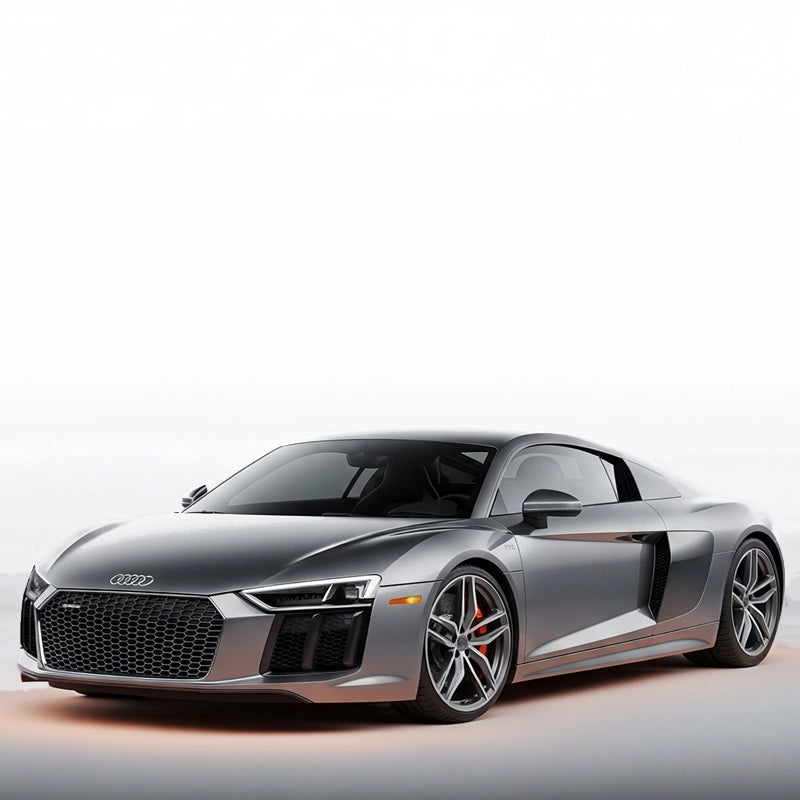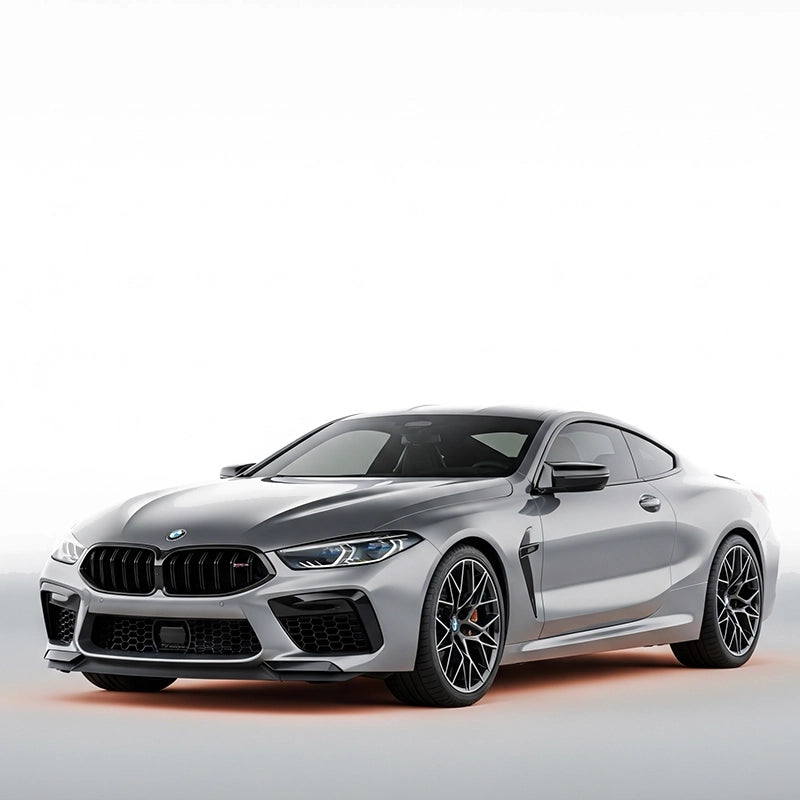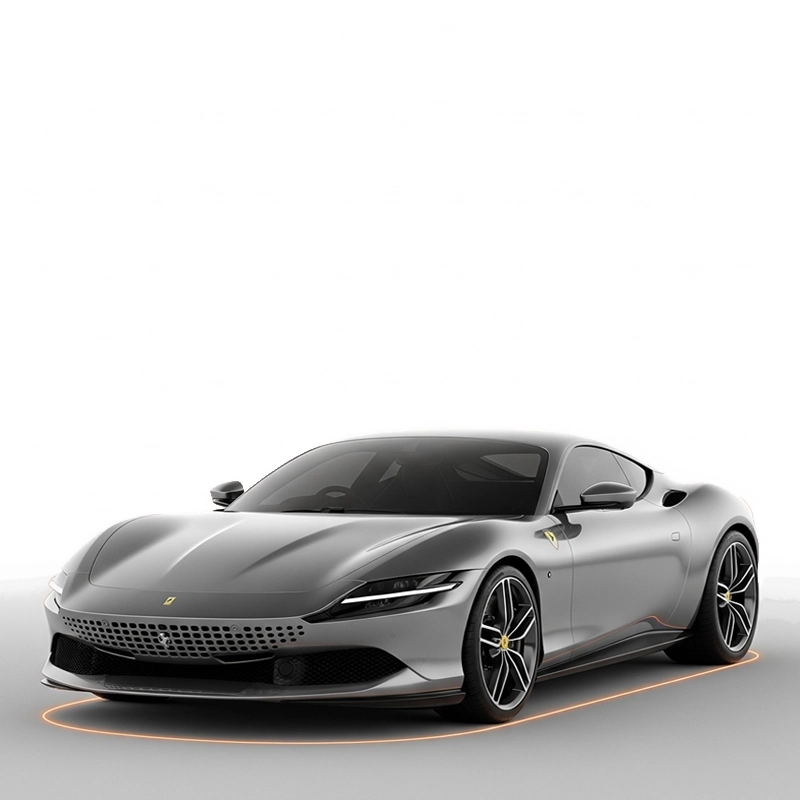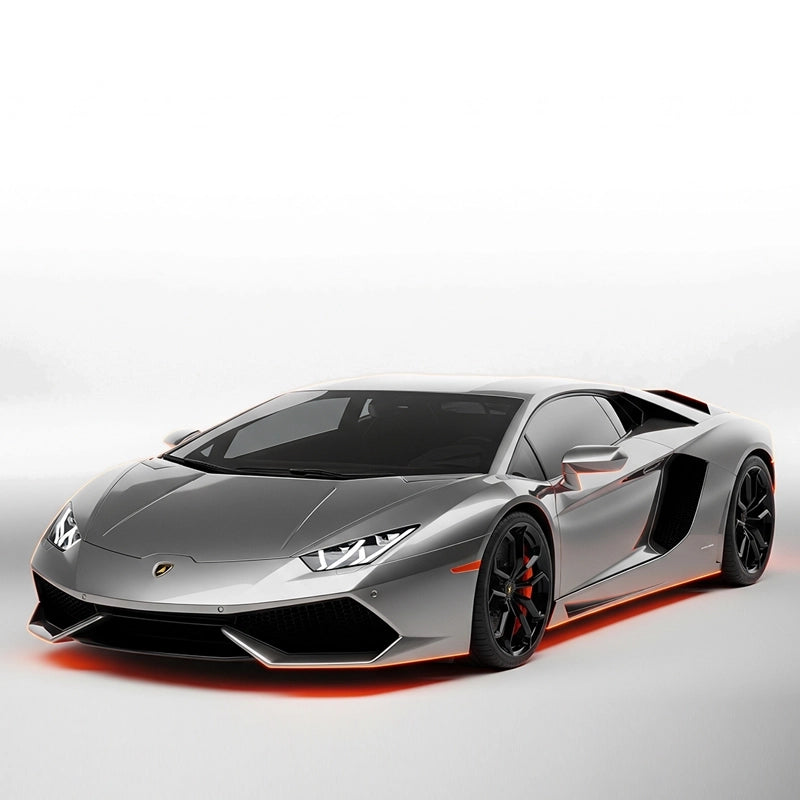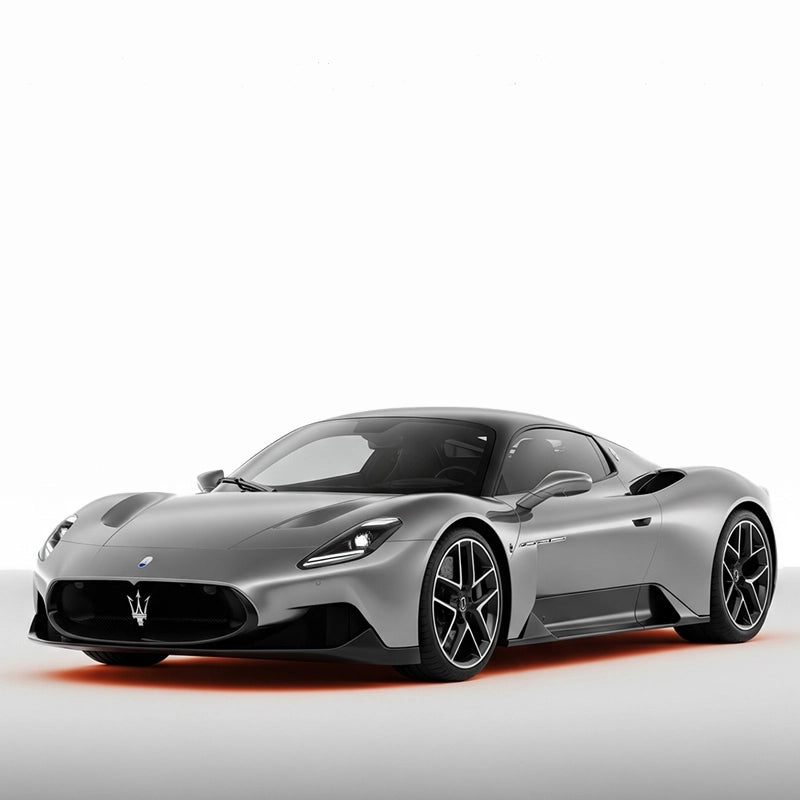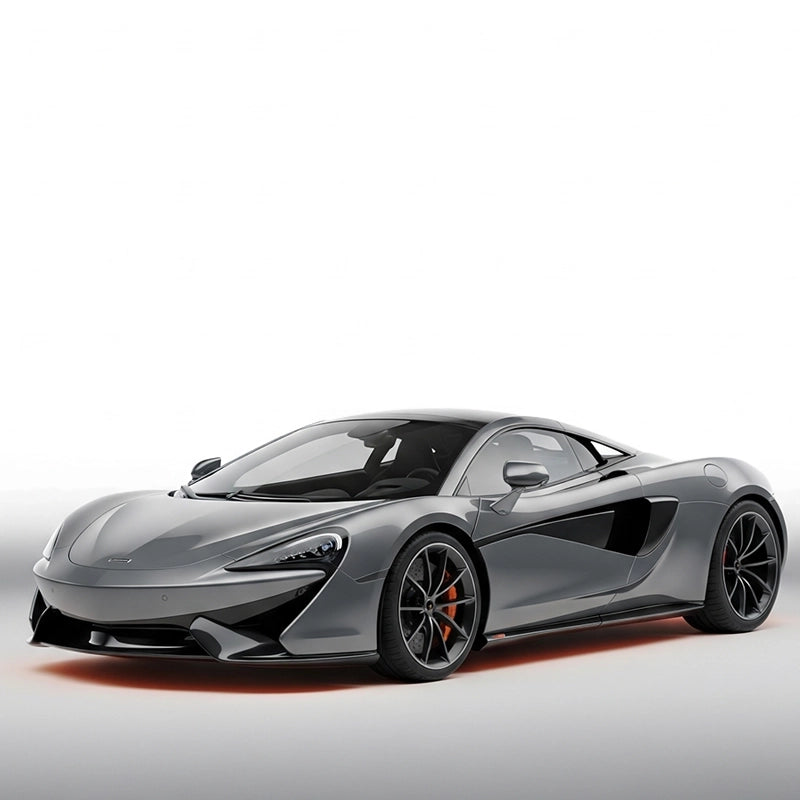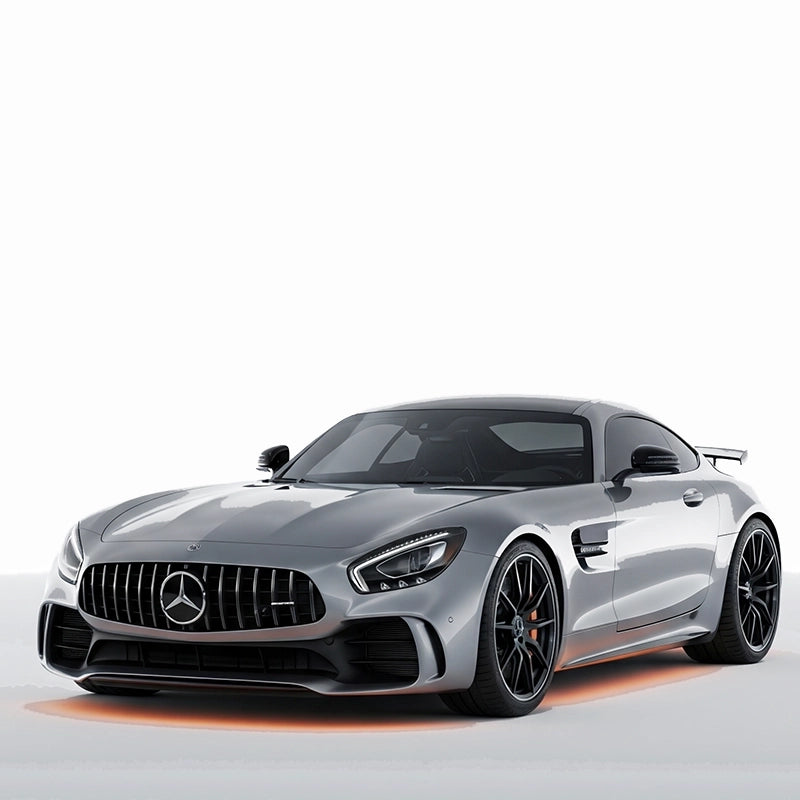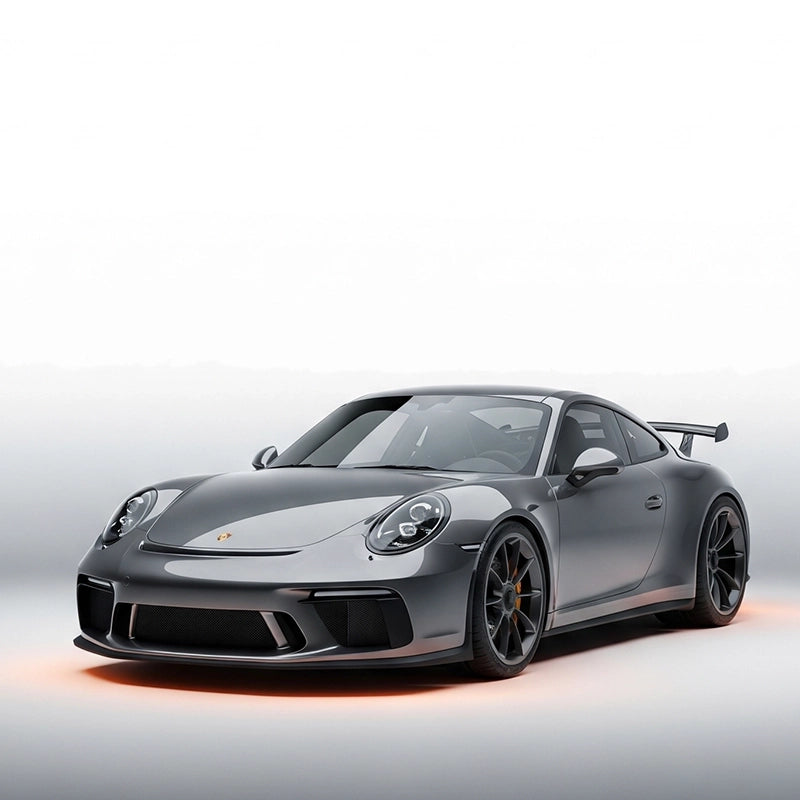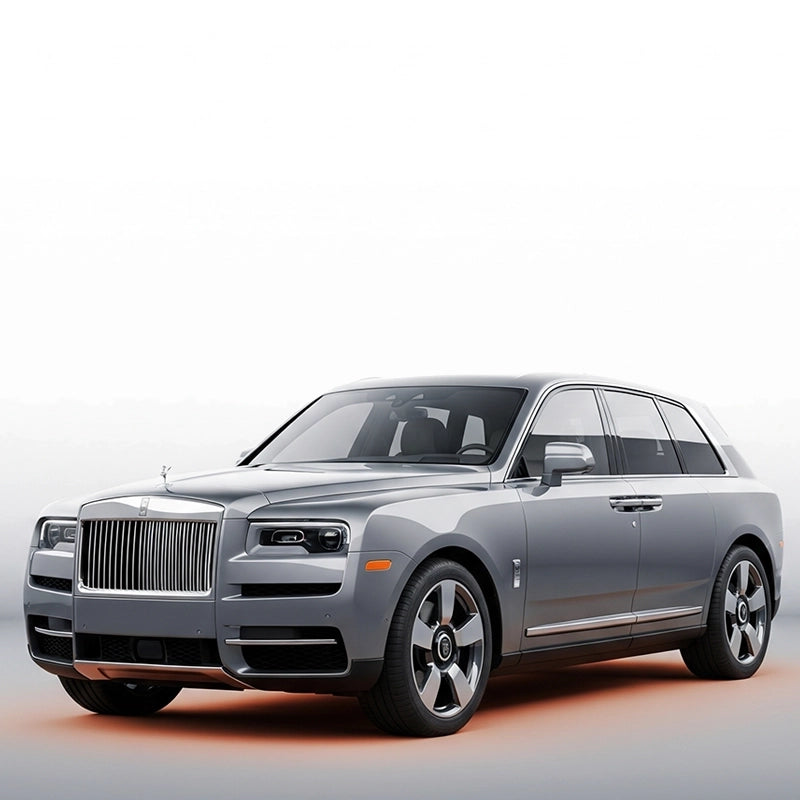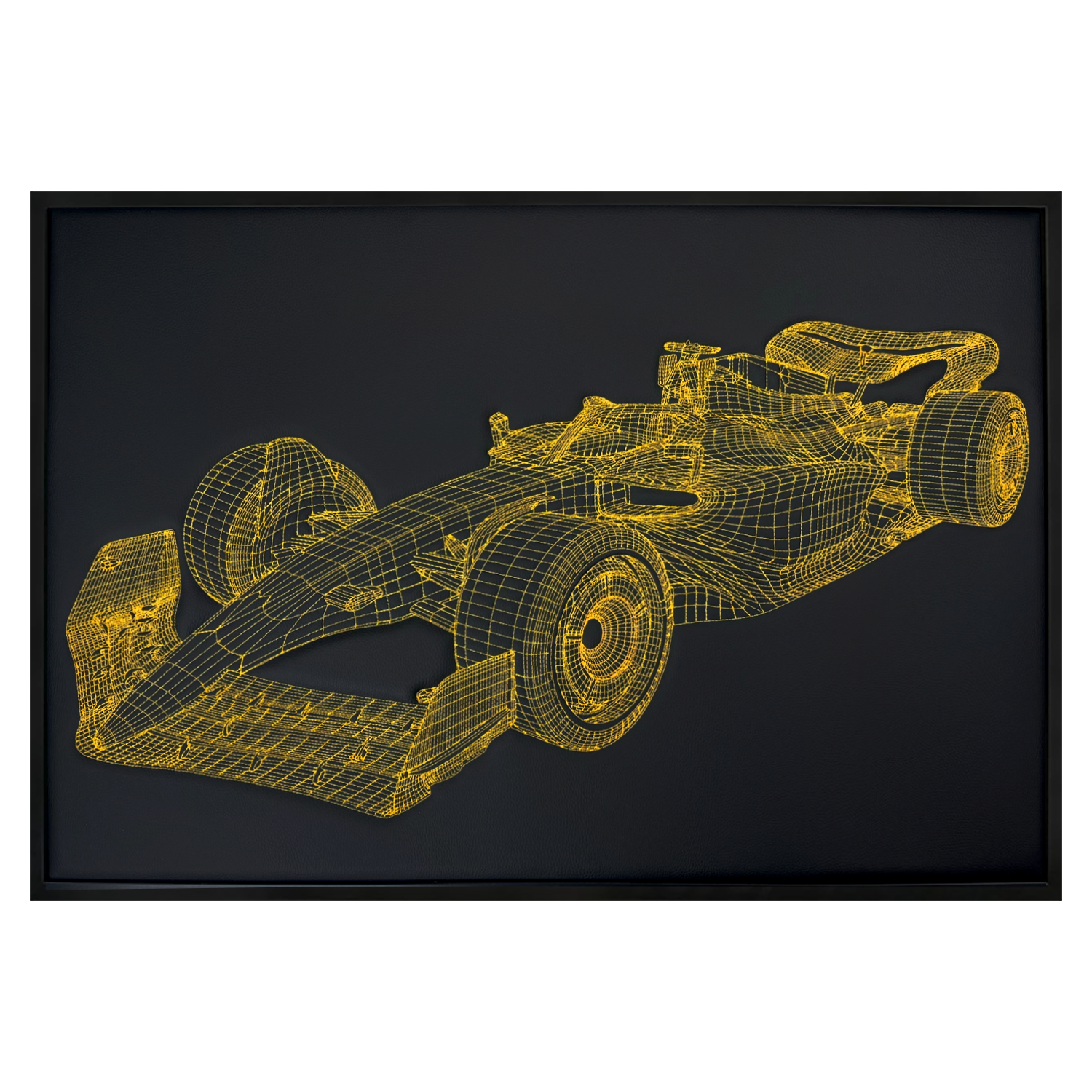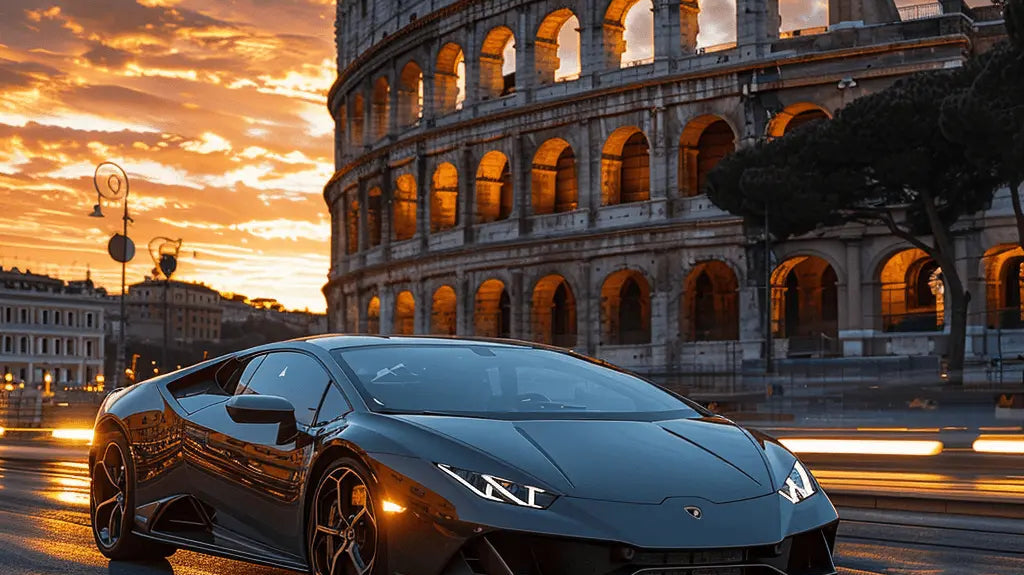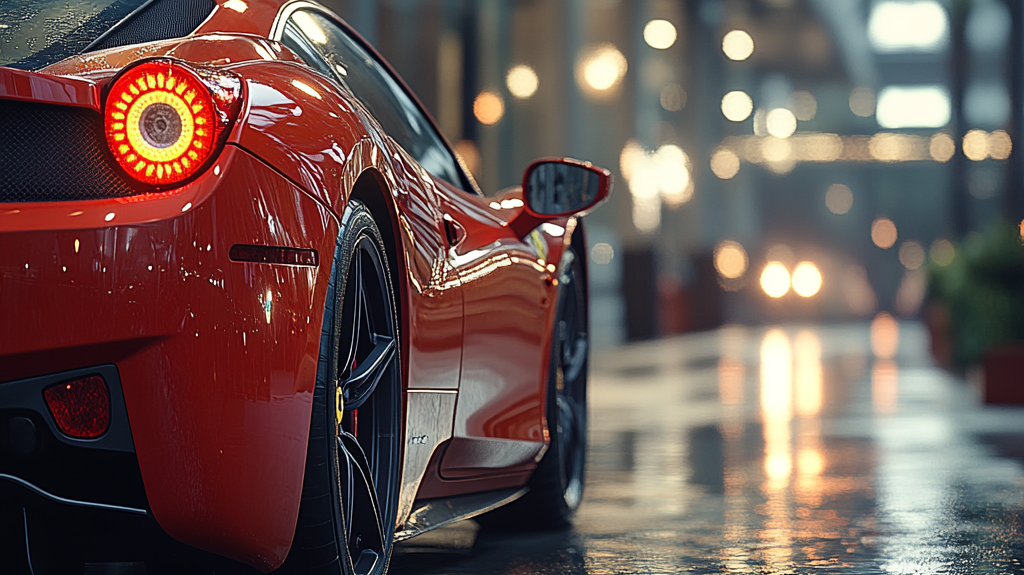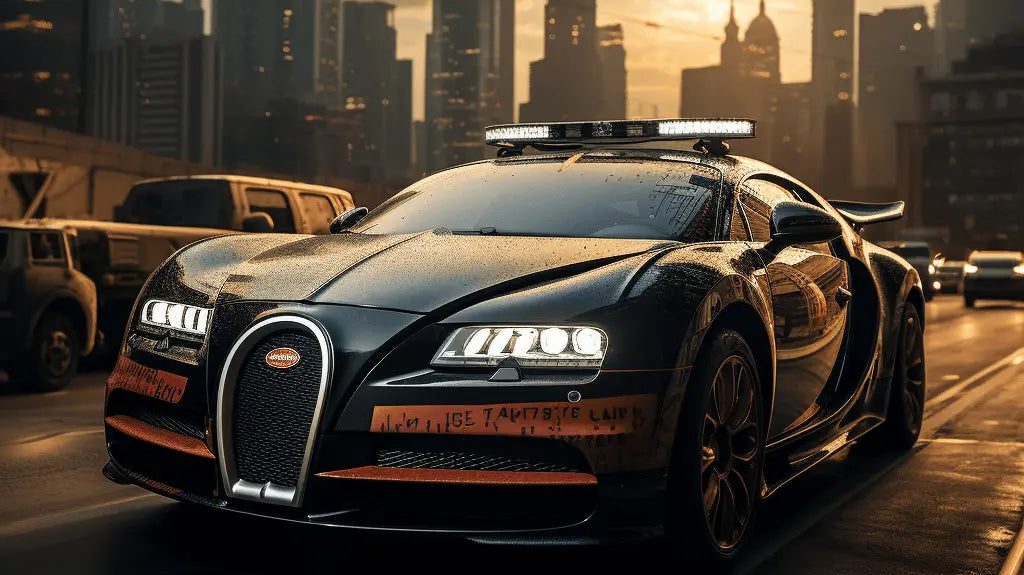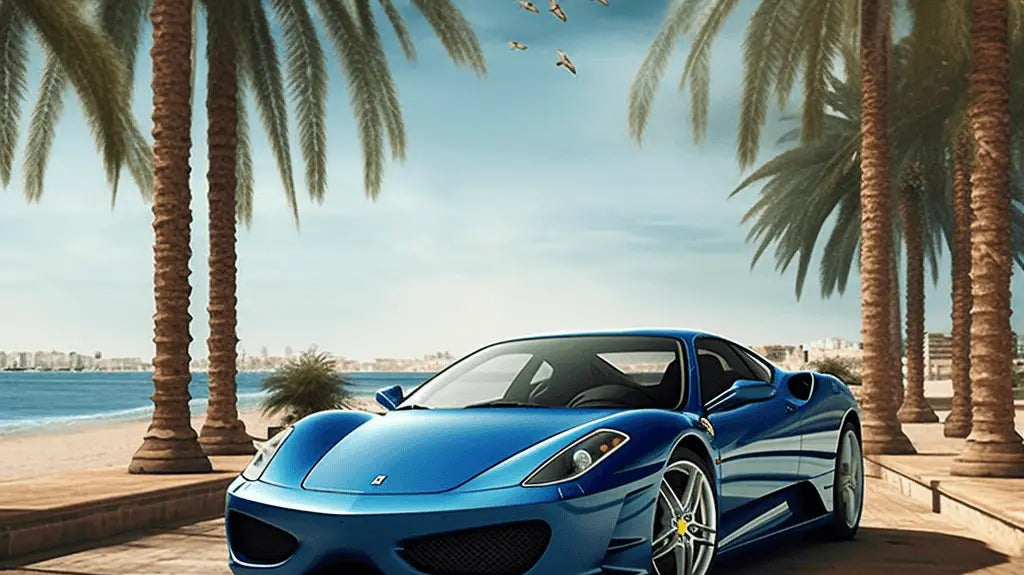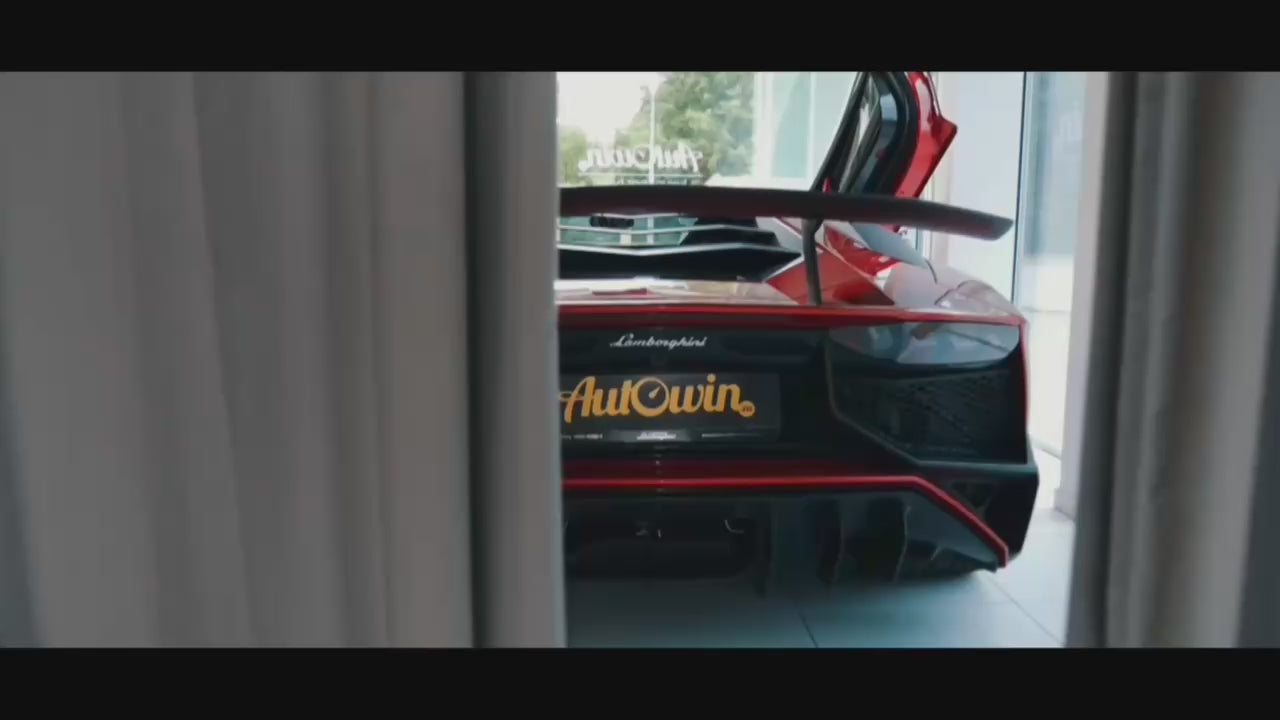The Remarkable Story of Ralph Teetor: The Blind Inventor Behind Cruise Control
I remember a long, empty stretch of interstate outside Amarillo—winter sun, a rental car with a lazy throttle, and a driver who couldn’t hold a steady speed to save his life. The speedo wavered like a conductor’s baton. That nausea-inducing ride is exactly what pushed Ralph Teetor—yes, the man behind Cruise Control—to fix the problem for the rest of us. And he did it without sight. Let that sink in.

Who Was Ralph Teetor?
Ralph Teetor was born in 1890 and lost his sight after a childhood accident. A setback? Sure. A full-stop? Not a chance. He grew into a meticulous mechanical mind—one of those rare engineers who could “see” tolerances with his fingertips. He spent decades making the American car smoother, quieter, and more consistent, and along the way became a prolific inventor and an automotive industry leader. The man ran a major component company and helped guide the industry’s standards. Blind, but nobody led him anywhere.
Ralph Teetor’s Eureka Moment
The origin story is a good one. One day, while being driven by his lawyer, Teetor noticed the car slowed when the lawyer spoke and sped up when he listened. That constant yo-yo effect—speed up, slow down, repeat—wasn’t just annoying; it made longer journeys pretty miserable. Teetor’s takeaway was simple: humans stink at holding speed. So he set out to build a device that could do it better.
Inventing Cruise Control: From “Speedostat” to an Industry Staple
By 1945, Teetor had patented the Speedostat, a clever mechanical system that linked throttle to speed and let you set a steady pace. Think of it as an early bionic right foot: you dial the speed, the car does the rest. It wasn’t digital, it wasn’t pretty, but it worked. And drivers noticed.
Ralph Teetor’s Persistence
Getting that early system to behave in the real world wasn’t easy. Tuning the sensitivity, making it smooth, keeping it safe—none of that happens by accident. Teetor relied on his acute sense of touch and mechanical intuition to refine the feel. Over time, the industry took notice. Chrysler offered the tech in 1958 under the name “Auto-Pilot,” and Cadillac brought it to the masses shortly after. The term Cruise Control stuck, and by the late ’60s, highway road trips got a lot less tiresome.
What Cruise Control Does for Everyday Driving
- Holds a steady speed to reduce fatigue on long trips
- Helps with fuel efficiency by smoothing out your throttle inputs
- Frees your right foot—great when the highway stretches to the horizon
- Removes that “accordion” effect that makes passengers queasy
Cruise Control Today: Radar, Cameras, and Stop-and-Go Ease
Modern systems have come a long way from a simple cable and vacuum actuator. Today’s premium setups integrate radar, cameras, and mapping. They’ll maintain speed, keep distance to the car ahead, and even bring you to a complete stop in traffic before resuming. In some cars, lane-centering adds a gentle nudge to keep you between the lines. It’s not self-driving—let’s be crystal clear about that—but it is highway serenity compared with the old days.
Quick Comparison: Types of Cruise Systems
| System Type | What It Does | Sensors | Pros | Watch-outs |
|---|---|---|---|---|
| Conventional Cruise Control | Holds a set speed | Speed sensor | Simple, dependable | Won’t react to traffic ahead |
| Adaptive Cruise Control (ACC) | Holds speed and following distance | Radar/camera | Great in traffic, less fatigue | Can be conservative with gaps |
| Highway Assist/Autopilot-style | ACC plus lane-centering | Radar, camera, sometimes lidar/map data | Smooth long-haul companion | Driver must stay engaged; hands-on recommended |
Tesla’s Take on Cruise Control
Modern systems like Tesla’s Autopilot weave Cruise Control into a wider driver-assistance net. With Autopilot engaged, a Tesla will maintain speed, adjust to traffic, and keep its lane with uncanny calm. On a midnight run from LA to Vegas, I let it do the grunt work while I stayed eyes-up and hands ready. It’s not autonomy, but it is sanity—especially at the end of a long day.

Accessories That Make Daily Driving Better
Funny thing about comfort: it’s not just the tech. The small stuff matters—seats that don’t pinch, a cabin that cleans up easy, floor mats that handle slush without smelling like last week’s ski trip. If you’re already enjoying the calm that Cruise Control brings, the right accessories keep that “fresh new car” feeling a little longer.
Autowin E‑Shop: A Quick Upgrade You’ll Appreciate Daily
I’ve watched owners fuss over infotainment and forget the basics. Then the first storm hits and the carpet looks like a biology experiment. If you’re in a Tesla—or anything else, frankly—Autowin focuses solely on quality floor mats, which is refreshingly single-minded.
- Precision Fit: Cut to the car so they don’t bunch up around pedals (safety matters).
- Quality Materials: Tough, easy to clean, and don’t warp after a hot summer.
- Customization: Styles and colors to match your vibe—not everyone wants basic black.
- Protection: Saves the original carpet and resale value, which always makes me oddly happy.
- Simple Online Buy: A few clicks and you’re done—no hunting in big-box purgatory.

Conclusion: Honoring the Legacy of Ralph Teetor
Ralph Teetor changed the way we travel by addressing a simple human flaw with a brilliantly mechanical fix. Cruise Control evolved into adaptive, radar-guided calm—and it all started with one man who refused to let blindness limit what he could build. Next time your car settles into a silent, steady lope down the interstate, tip an invisible hat to Teetor.
And if you’re outfitting your car for the long haul, a few smart accessories—like properly fitted mats from Autowin—keep the cabin feeling as composed as your speed.
FAQ: Ralph Teetor and Cruise Control
- Who invented Cruise Control? Ralph Teetor, an American engineer and inventor, patented the Speedostat in 1945—the foundation of modern Cruise Control.
- Was Ralph Teetor really blind? Yes. He lost his sight as a child but went on to become a prolific automotive inventor and industry leader.
- When did Cruise Control first appear in cars? Chrysler offered a version in 1958 (“Auto-Pilot”), and Cadillac popularized it soon after under the name “Cruise Control.”
- How is Adaptive Cruise Control different? ACC maintains speed and a set following distance using radar/cameras, and many systems work in stop-and-go traffic.
- Is Cruise Control the same as self-driving? No. Even advanced systems require attentive drivers with hands and eyes on the job.

